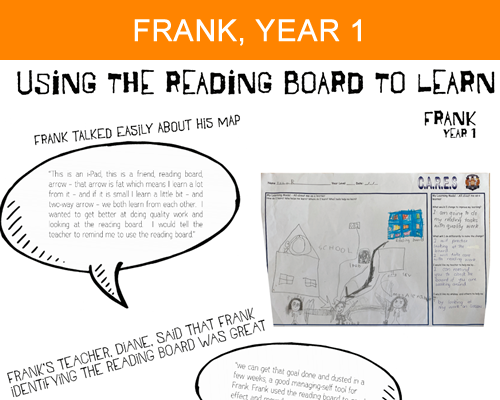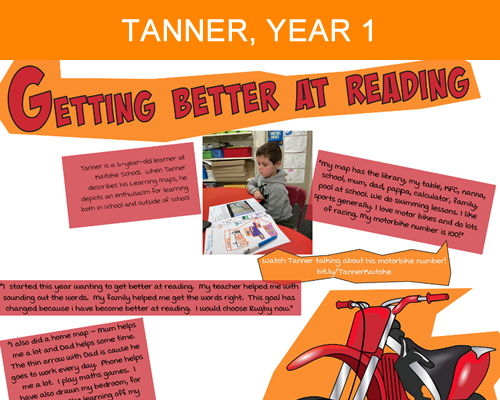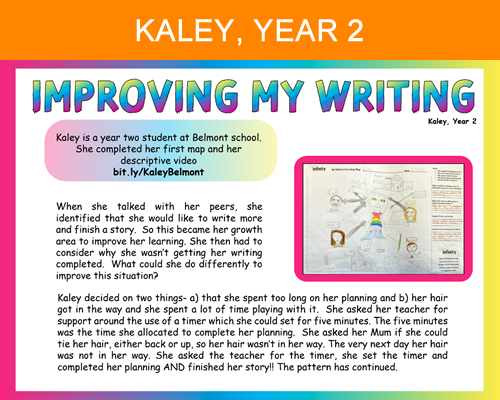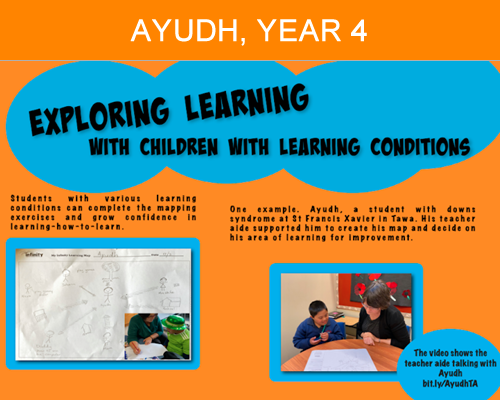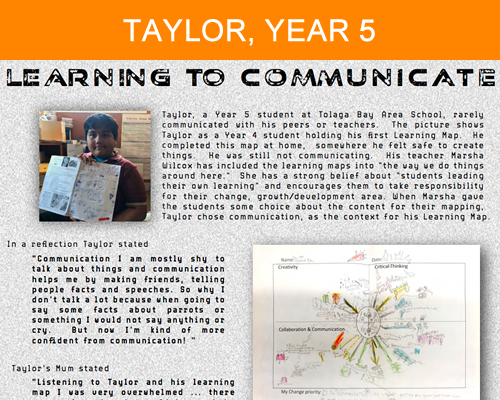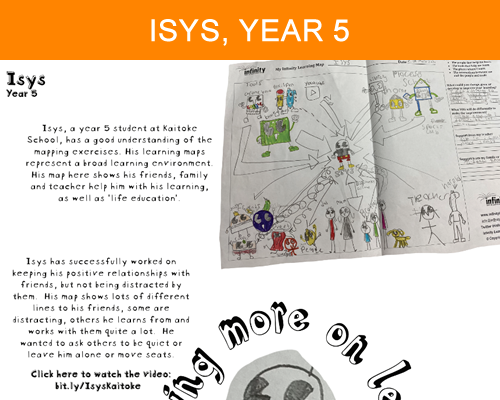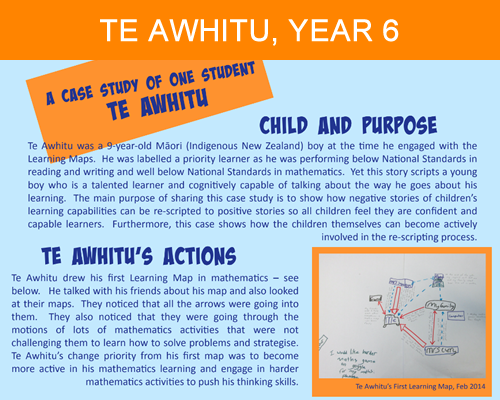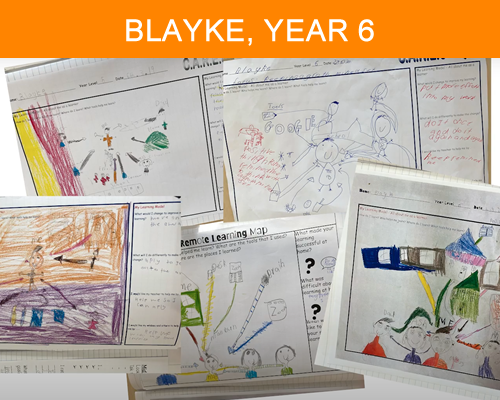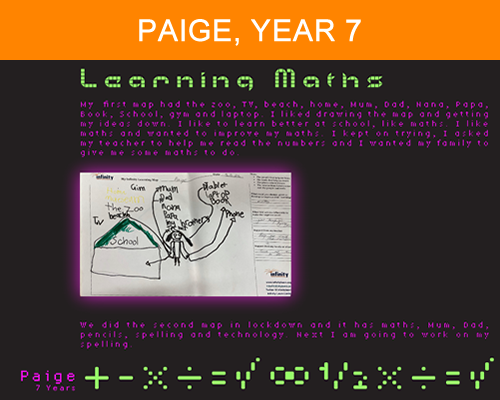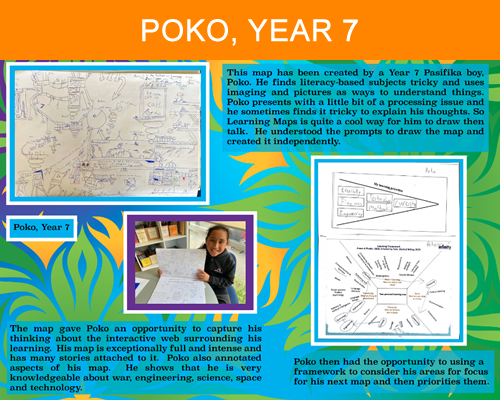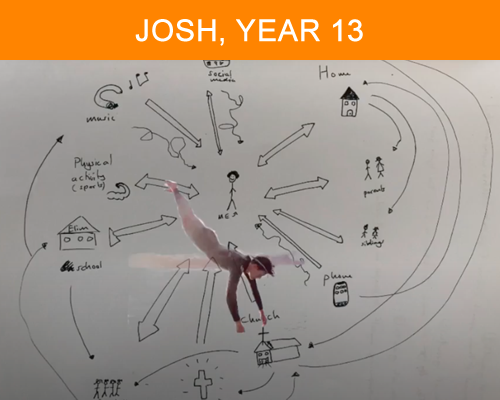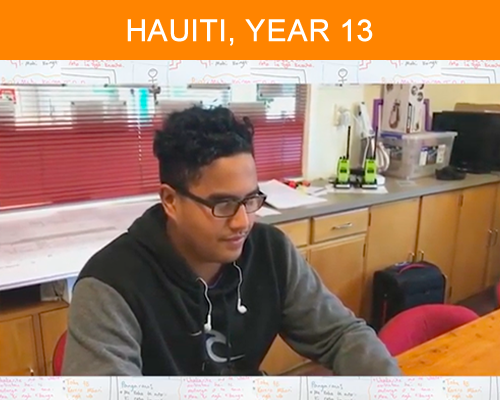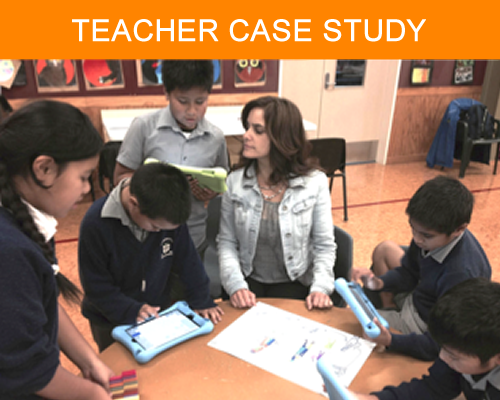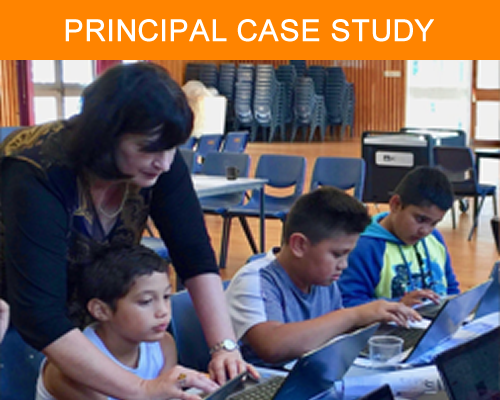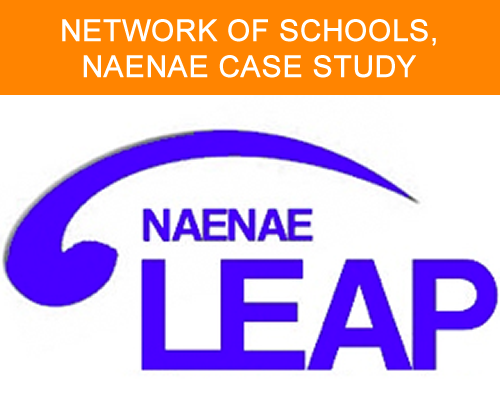POSITIVE STORIES ABOUT INFINITY LEARNING MAPS IMPROVING LEARNING
The case studies in this section share our belief that positivity in learning will end longstanding deficit views about certain groups of students. What are positive stories, and why should schools, kura and early childhood settings engage in developing them?
Positive stories are part of the narrative movement, which is well established in human rights, family counselling and social change movements. Ordinary people with extraordinary stories. Every person is extraordinary. Can we see those traits, celebrate them, help script a positive story for every student? Yes we can.
Schools, kura and early childhood settings in NZ are well positioned to grow confidence in all students to see themselves as successful learners. In the past, reports about progress categorised students as talented, average or ‘at-risk’ or ‘priority learners’. We believe that in the future, reports will shift away from deficit labels where some students have lived with a script of themselves as incapable in learning, while others have been scripted as superior learners.
Modern-day learning and living is about well-being for all. Our schools, kura and early childhood settings have diverse learners, and we believe every student has a right to recognition of their successes in learning. These may be sparkling moments. Or persevering through ordinary days where learning is a bit of a chore. Or recognising the need to overcome challenges in learning. Positive stories report those moments of success, the resilience of working through the ordinary stuff and the creativity and courage in solving problems.
Positive stories send ‘can-do’ messages into the students’ minds, which helps script them ALL as successful learners. This future-focused thinking and our recommended approach to reporting is consistent with the NZ curriculum vision to grow ALL students as confident and creative, connected, and actively involved life-long learners. Our vision is to see all learners with a positive script of themselves that matches the NZ curriculum vision.
Take a look at these case studies and consider the possibilities for the students in your classroom, school and Kāhui Ako.

